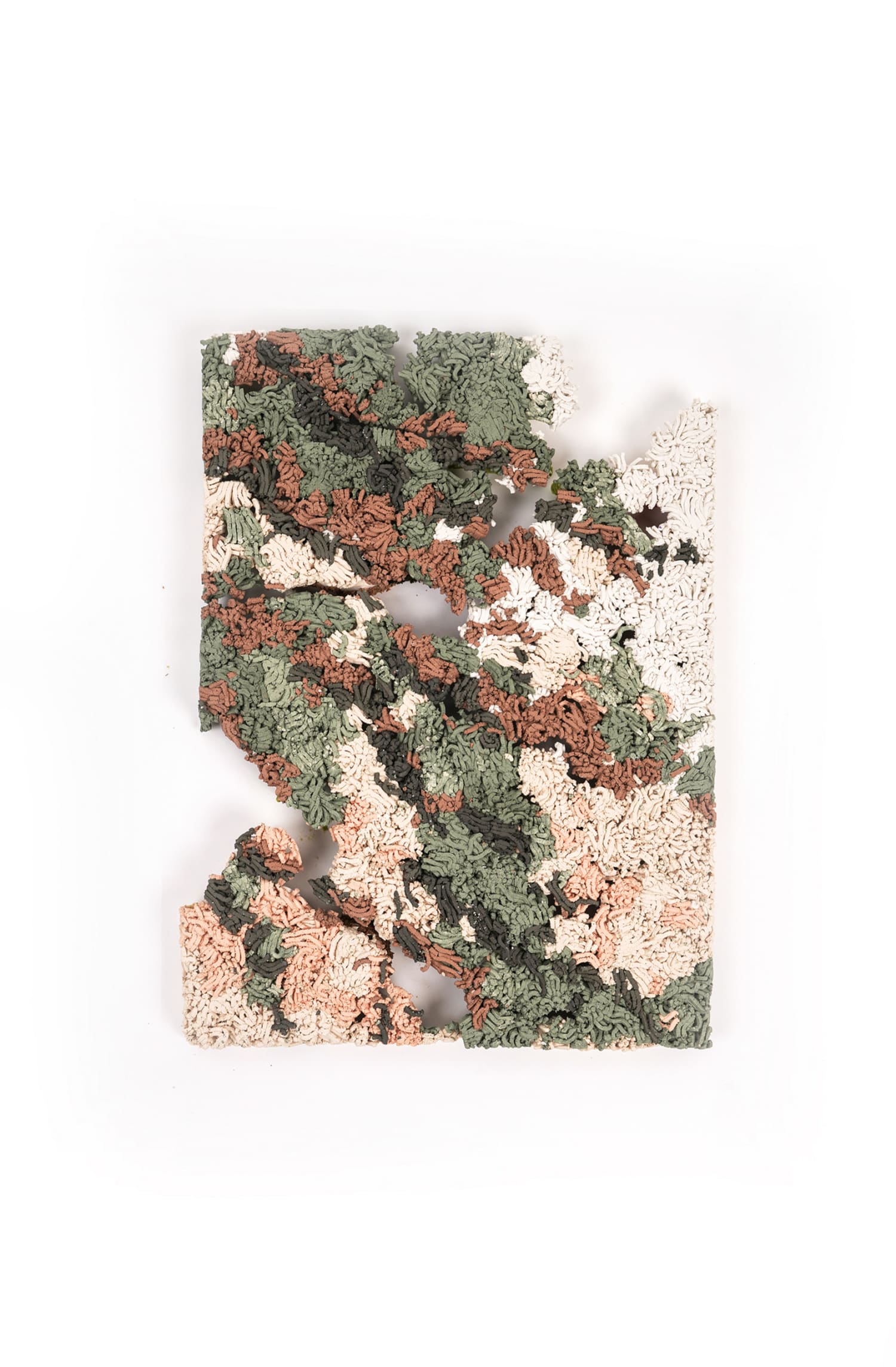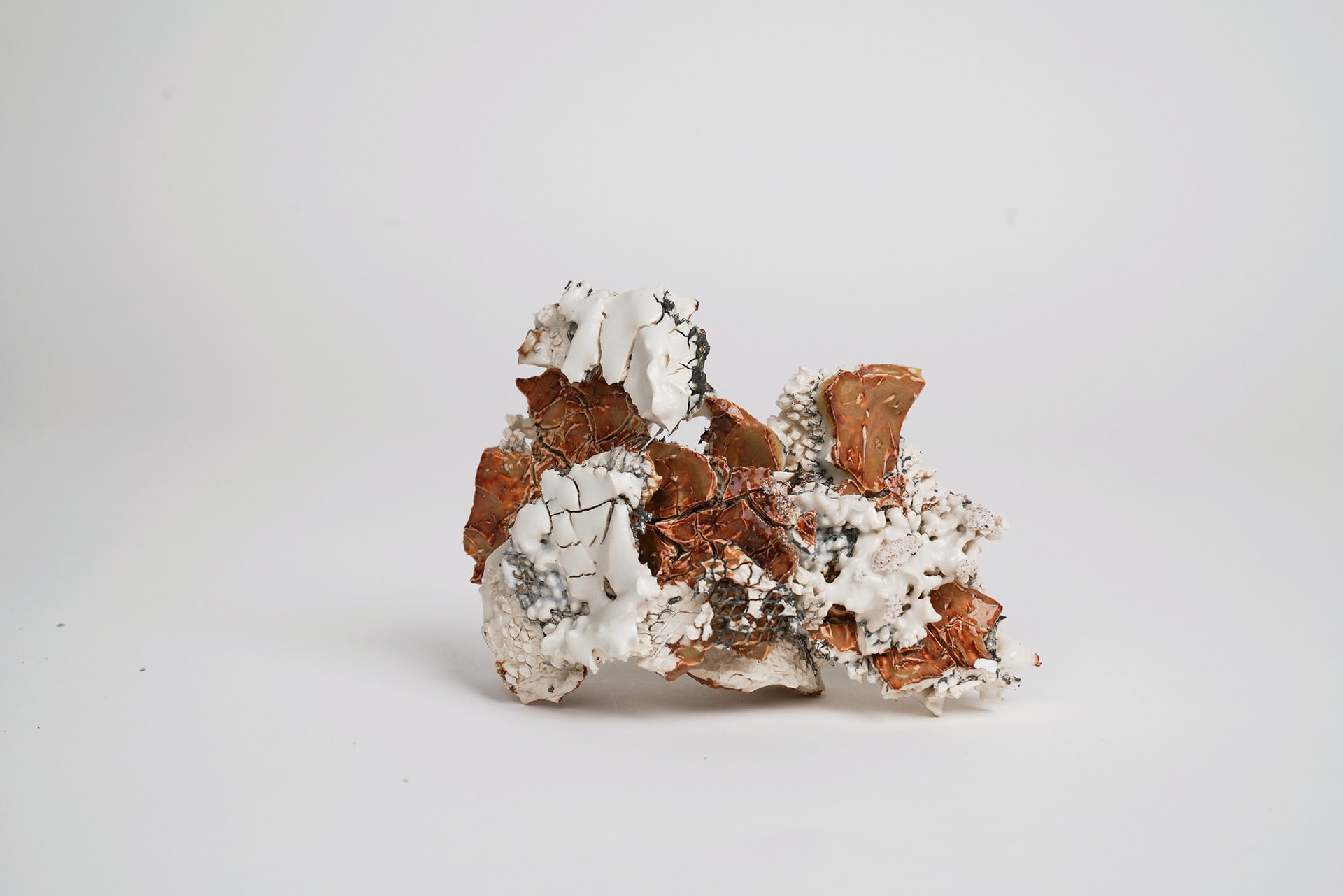Born in 1997, Fan Ji completed her MA at the Royal College of Art in 2022. She chose to be a creative practitioner in the field of ceramic art because of her passion in making as well as the idea of combining contemporary issues with traditional techniques.
As both a craftswoman and a contemporary artist, Fan’s practice looks at space, unperceived human feelings and microhistory, often in relation to questions about interactions and manipulations. Her practice also touches upon themes of power, hierarchy, materiality and nature, which she uses to discuss the relationships of human and the environment we inhabit.
Fan’s practice is studio based and she works for exhibitions and commissions. she has ambitions to work in larger scale through residencies and to expend her research to communities and other public spheres.
Instagram: @jifannn_
Website: ji-fan.art


















